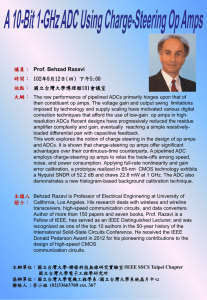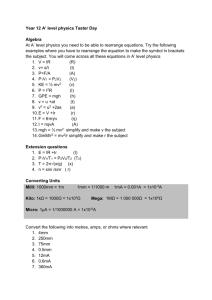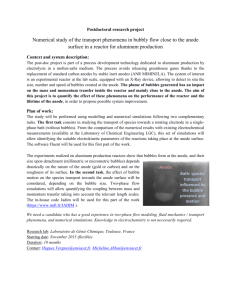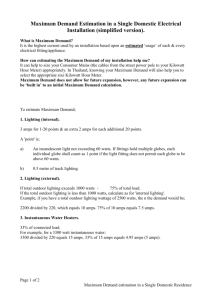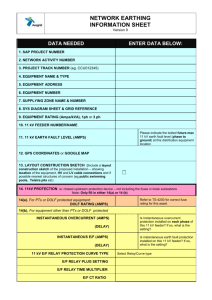Current density 8 amps/sqft continuous, 10 amps/sqft maximum
advertisement
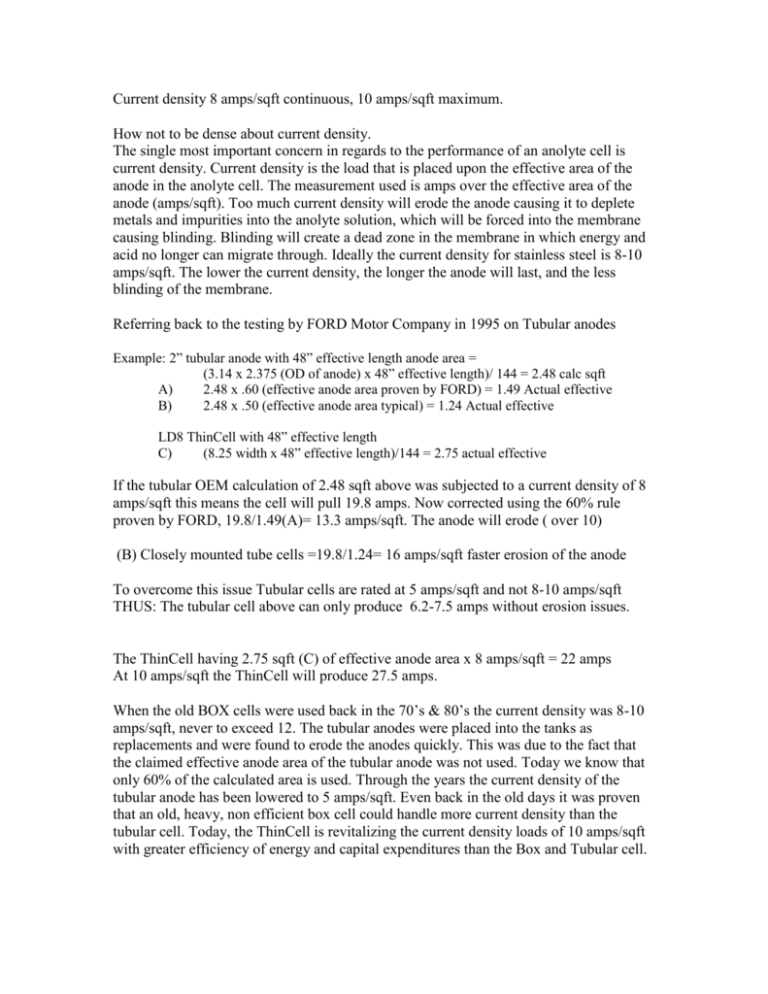
Current density 8 amps/sqft continuous, 10 amps/sqft maximum. How not to be dense about current density. The single most important concern in regards to the performance of an anolyte cell is current density. Current density is the load that is placed upon the effective area of the anode in the anolyte cell. The measurement used is amps over the effective area of the anode (amps/sqft). Too much current density will erode the anode causing it to deplete metals and impurities into the anolyte solution, which will be forced into the membrane causing blinding. Blinding will create a dead zone in the membrane in which energy and acid no longer can migrate through. Ideally the current density for stainless steel is 8-10 amps/sqft. The lower the current density, the longer the anode will last, and the less blinding of the membrane. Referring back to the testing by FORD Motor Company in 1995 on Tubular anodes Example: 2” tubular anode with 48” effective length anode area = (3.14 x 2.375 (OD of anode) x 48” effective length)/ 144 = 2.48 calc sqft A) 2.48 x .60 (effective anode area proven by FORD) = 1.49 Actual effective B) 2.48 x .50 (effective anode area typical) = 1.24 Actual effective LD8 ThinCell with 48” effective length C) (8.25 width x 48” effective length)/144 = 2.75 actual effective If the tubular OEM calculation of 2.48 sqft above was subjected to a current density of 8 amps/sqft this means the cell will pull 19.8 amps. Now corrected using the 60% rule proven by FORD, 19.8/1.49(A)= 13.3 amps/sqft. The anode will erode ( over 10) (B) Closely mounted tube cells =19.8/1.24= 16 amps/sqft faster erosion of the anode To overcome this issue Tubular cells are rated at 5 amps/sqft and not 8-10 amps/sqft THUS: The tubular cell above can only produce 6.2-7.5 amps without erosion issues. The ThinCell having 2.75 sqft (C) of effective anode area x 8 amps/sqft = 22 amps At 10 amps/sqft the ThinCell will produce 27.5 amps. When the old BOX cells were used back in the 70’s & 80’s the current density was 8-10 amps/sqft, never to exceed 12. The tubular anodes were placed into the tanks as replacements and were found to erode the anodes quickly. This was due to the fact that the claimed effective anode area of the tubular anode was not used. Today we know that only 60% of the calculated area is used. Through the years the current density of the tubular anode has been lowered to 5 amps/sqft. Even back in the old days it was proven that an old, heavy, non efficient box cell could handle more current density than the tubular cell. Today, the ThinCell is revitalizing the current density loads of 10 amps/sqft with greater efficiency of energy and capital expenditures than the Box and Tubular cell.
